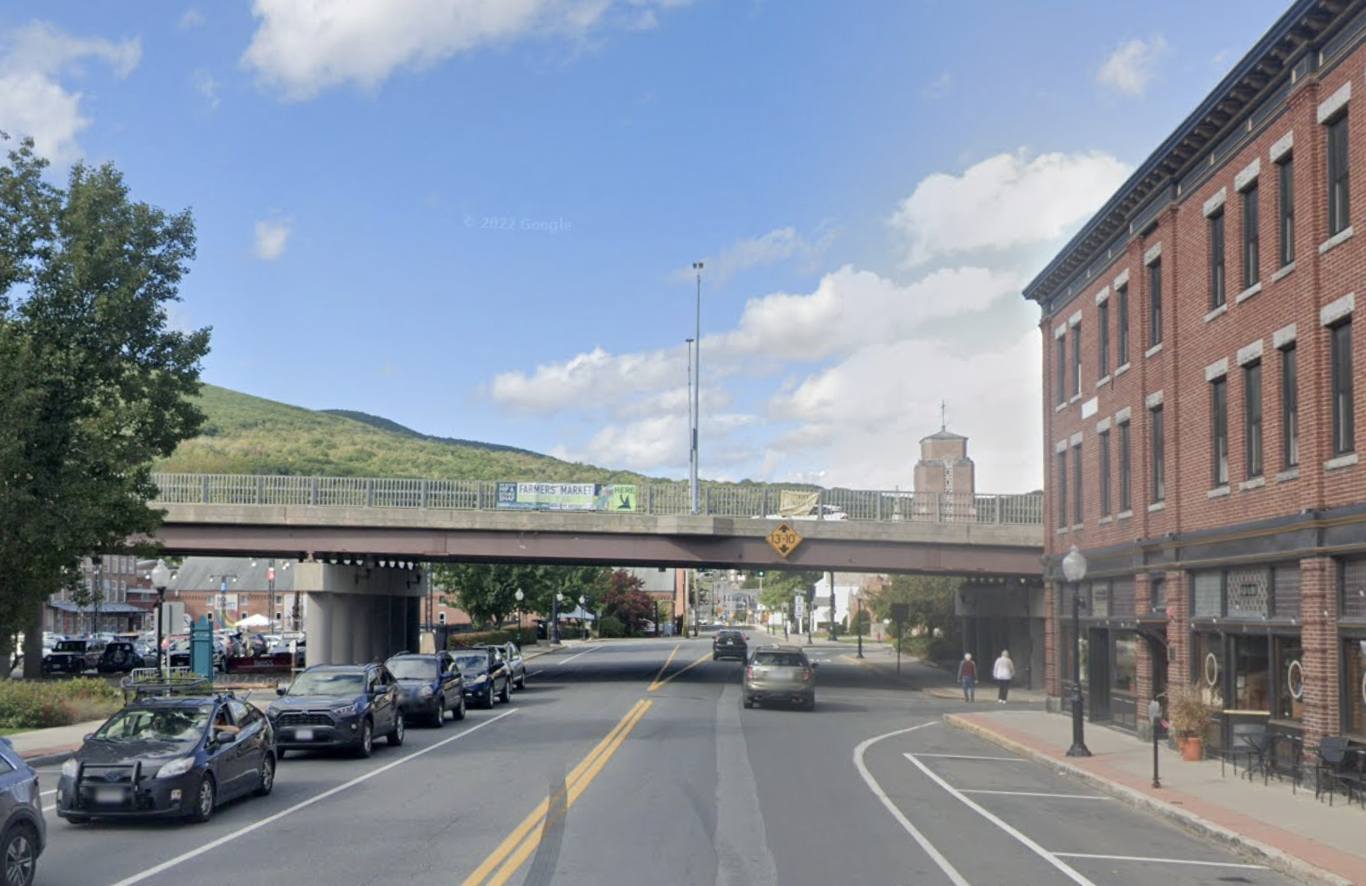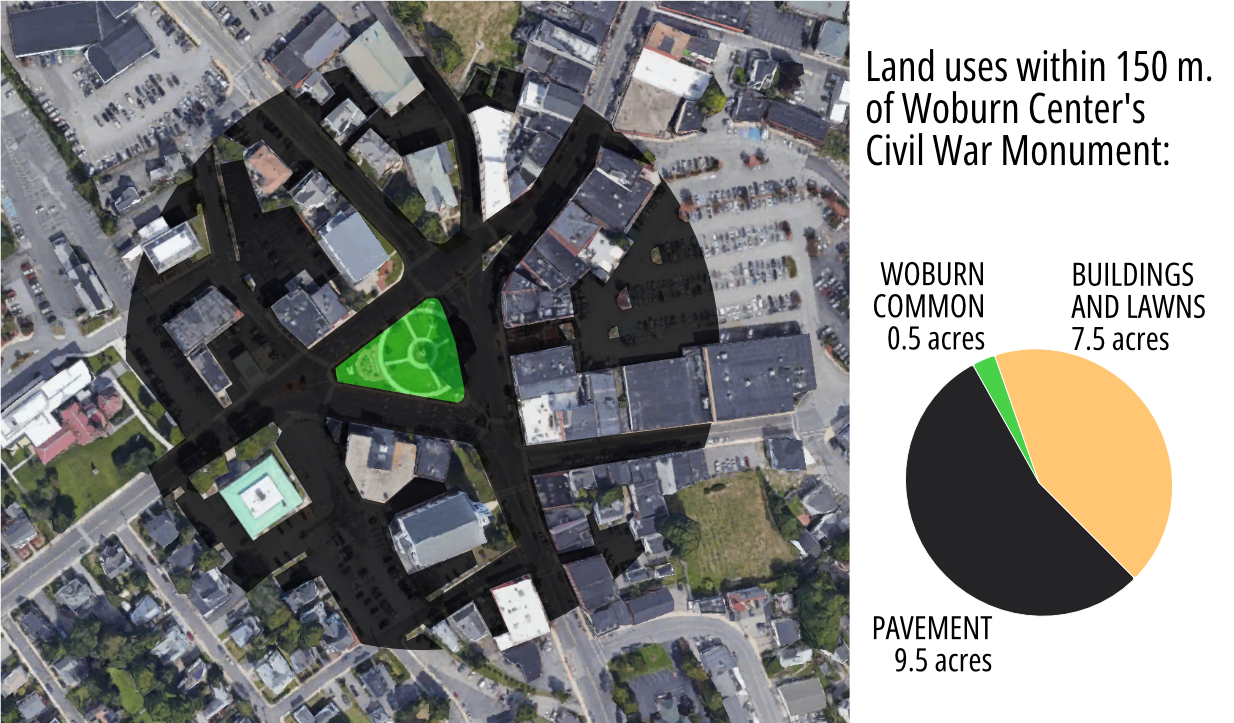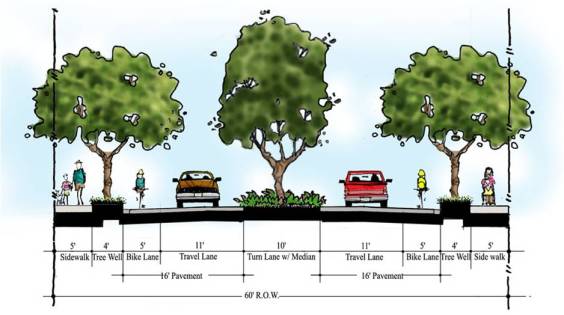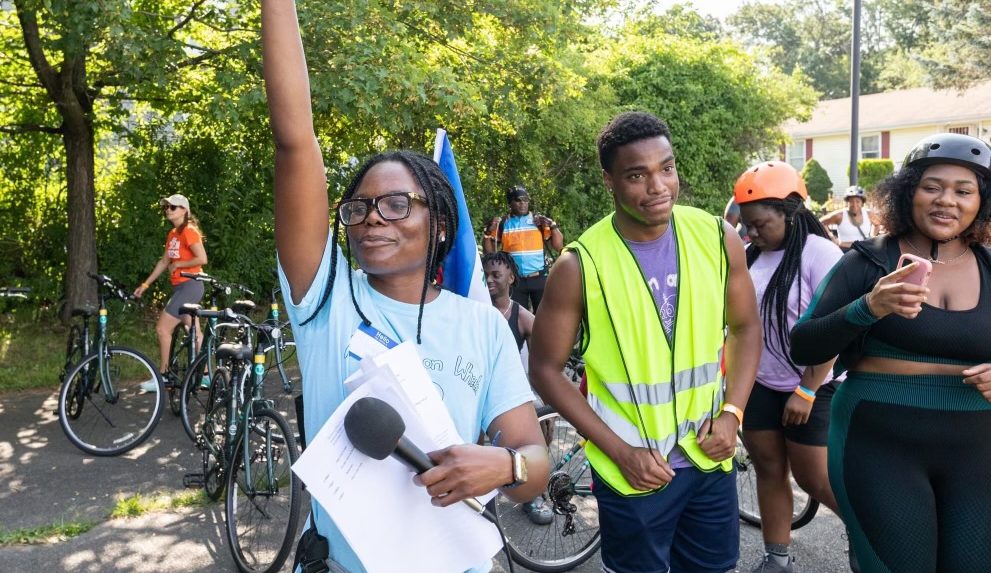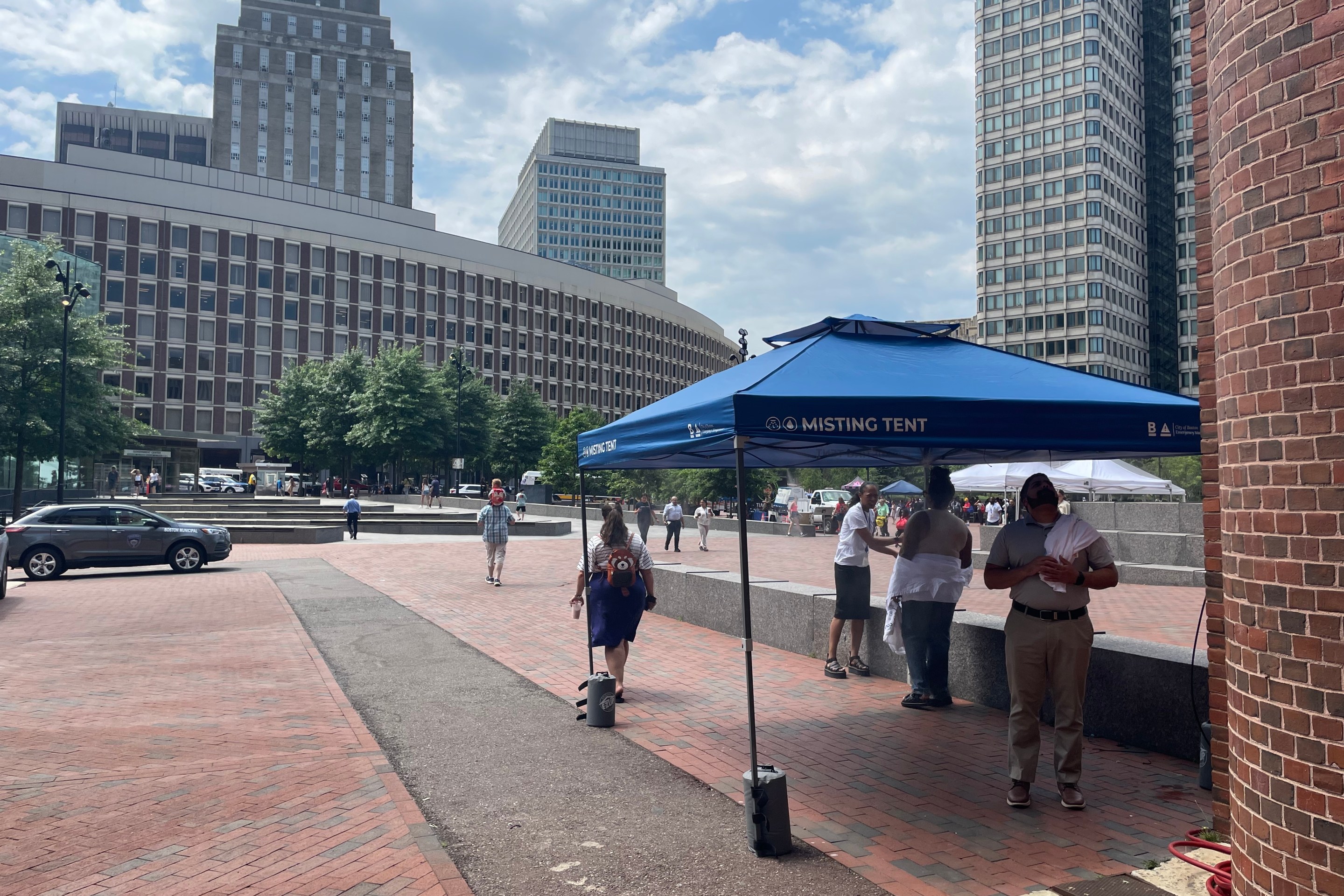A new federal program designed to "reconnect communities that are cut off from opportunity and burdened by past transportation infrastructure decisions" has awarded over $2 million to the cities of Boston and North Adams to address the blight and pollution of I-90 and Route 2, respectively.
The City of Boston will receive $1.8 million "to assess the feasibility of reconnecting the Chinatown neighborhood (that was)
separated by the construction of Interstate 90 in the 1960s. The project will develop a plan to connect across the open-cut highway by building an open space for the community and prepare design guidelines to link the surrounding streets," according to an announcement from the U.S. Department of Transportation (USDOT).
The construction of I-90 through Chinatown wasn't merely physically destructive: it was also a brutal act of state-sanctioned theft that destroyed huge amounts of wealth and social cohesion in a densely-populated immigrant neighborhood:
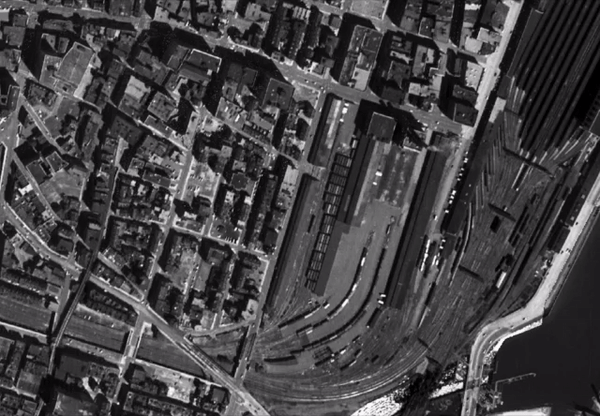
In her 2018 book People Before Highways, Dr. Karilyn Crockett interviewed a former Chinatown resident, Tunney Lee, who described how most of his neighbors along Hudson Street learned about the state’s plans for the new highway in the 1950s:
“When the turnpike took that part of Hudson Street, people got letters. The owners got letters in the mailbox saying your property is now owned by the Massachusetts Turnpike Authority. Your rent is $50/month, please pay . . . And if you want a quick settlement we’ll give you the assessed value. If you don’t, you go to court and we’ll see you in court."
In the Berkshires, the City of North Adams also won a planning grant to study the future of the Route 2 overpass, an elevated highway viaduct that cuts off the city's Main Street district from one of its most popular tourism destinations, MassMoCA.
Though Route 2 is a relatively calm, 2-lane roadway through most of North Adams, the street inexplicably widens to a high-speed, 4-lane highway through four short blocks, about a third of a mile long, through the heart of the city's otherwise-walkable downtown.
"The Route 2 Overpass Study will analyze the flow of traffic and multimodal access and examine potential alternatives including redesign and the elimination of the overpass, returning Route 2 to grade level," according to the USDOT's grant announcement.
Last October, the Berkshire Eagle reported that Jenny Wright, Mass MoCA’s director of strategic communications and advancement, testified in a public meeting with North Adams Mayor Jennifer Macksey to urge the city to apply for the Reconnecting Communities funding.
“Removing the (Route 2) overpass, as recommended by that plan that was adopted by the city in 2014, is really the straightest line that connects our two dots. This is really the moment to think big about these kinds of things," Wright told the Commission.
In its grant announcements this week, the USDOT noted that the agency "received 435 applications from all over the country, requesting in total $2 billion in grant funding, more than 10 times the amount we have available."
The USDOT also released a list of grant applications that did not make the cut, including 7 from Massachusetts:
- The City of Salem requested $263,040 in planning funds for a "North Street Connector" study
- MassDOT requested $2 million in planning funds for the interchange of Vernon Street and I-290, which is just southeast of the new Kelley Square roundabout in Worcester
- The Montachusett Regional Planning Commission sought $275,000 to plan "a new interchange" for Route 2 at South Athol Road in Athol
- The Town of Mansfield sought $755,200 to plan a "Mansfield Commuter Rail Transit Oriented Development Access Road"
- The Town of Blandford, in a unique interpretation of the program's purpose, tried to extract $200,000 for its town common
- The City of Taunton requested $320,000 to study "traffic alternatives for downtown Taunton," a city whose central square features an attractive 1-acre greenspace that's encircled by 2 acres of asphalt on harrowing 3- and 4-lane roads
- And finally, the Massachusetts Department of Conservation requested $11 million in capital construction funds for renovating Charlesgate Park – even though the agency's current plans would not remove the notorious Bowker Overpass, the four-lane highway viaduct which effectively obliterated Charlesgate Park in the mid-1960s.
